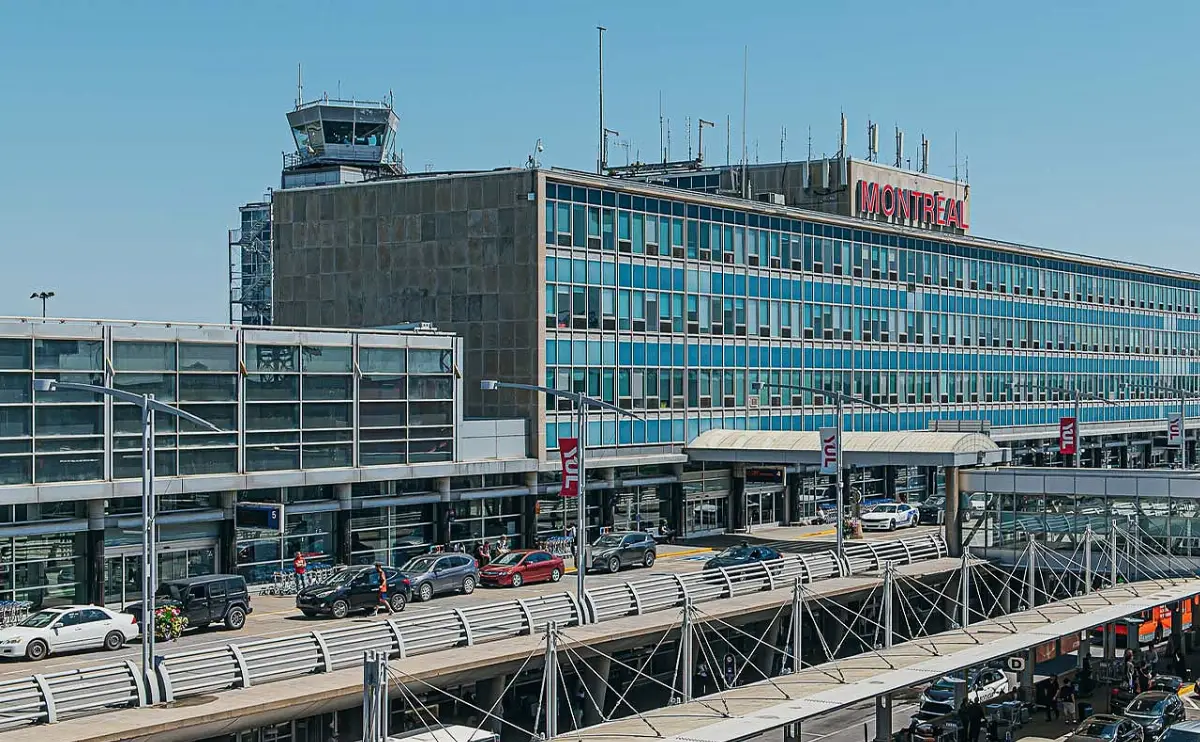
Money is "raining down" on Montréal’s “Trudeau” Airport: 1 Billion to look to the future
The largest development plan in its history aims to expand its capacity and connectivity

Montréal's "Trudeau" International Airport is poised for the most significant transformation in its history. Thanks to a one-billion-dollar funding from the Canada Infrastructure Bank (CIB), the airport is set to implement ambitious infrastructure projects that will revolutionize its operational capacity and user experience.
This investment is part of the "Flight Plan 2028-2035" by ADM Aéroports de Montréal, a ten-year, $10 billion plan aimed at supporting the rapid growth in passenger traffic volumes, which at Trudeau have already surpassed pre-pandemic levels, registering the highest growth among major Canadian airports. The expansion of the airport is not only a response to rising demand but a strategic step to reinforce the airport's role as a key gateway and commercial corridor for Canada to global markets. It is estimated that by 2028, the planned infrastructure investments will contribute nearly $3.7 billion to the GDP and generate up to 9,000 new jobs, in addition to the nearly 60,000 already supported by the airport in Québec.
The airport development plan includes a series of key interventions. Regarding access to the infrastructure, the scheme foresees the reconfiguration of access roads, the construction of new parking areas, and passenger pick-up and drop-off points, as well as a new building that will connect the future REM (light public transit system) station at Montréal Trudeau directly to the terminal. Within the terminal and on the airside, the upgrades will include systems to enhance baggage handling capacity, the construction of a new satellite jetty with additional gates, and new passenger sorting areas. New infrastructures will also be developed to optimize aircraft operations, such as new taxiways and aprons, ensuring sufficient capacity and operational flexibility.
With passenger volumes expected to reach 25 millions by 2028 and between 30 and 35 millions by 2035, the steady investment in these infrastructures is critical. These enhancements will ensure the airport can support future growth, maintain operational efficiency, and provide superior service quality to all users. ADM's projects at the facility will also contribute to Canada’s goals of building a stronger, more competitive, and resilient economy.
AVIONEWS - World Aeronautical Press Agency